2018 March: First light for the SPIRou Cassegrain unit
The SPIRou tip-tilt system was tested on real stars at CFHT
Following the installation of SPIRou at CFHT, the Cassegrain unit and its dedicated control electronic rack were mounted at the Cassegrain focus of the CFH telescope, where they collected their first photons from real stars for on-sky verification of the SPIRou guiding and tip-tilt system. Up to now, the SPIRou Cassegrain unit had only seen light from ‘artificial stars’, i.e an advanced light-injection optical system producing a stellar-like image, including atmospheric agitation and dispersion. Acceptance tests with this ‘artificial star’ showed that all was working as expected. However, on-sky tests with real stars are essential to demonstrate that the guiding and tip-tilt system have nominal performances.
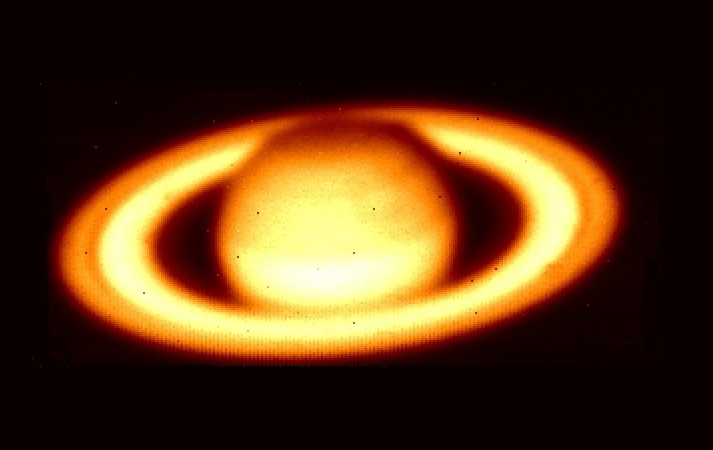
During this on-sky test run, a number of stars were observed, with magnitudes ranging from 0 (very bright) to 13 (as dim as the faintest stars that SPIRou will scrutinize). Among them was Gl410, a red dwarf of 6th magnitude (at 1.7µm) with a surface temperature of 3200 °C. This test demonstrated that the guiding and tip-tilt system are behaving as expected, and were able in particular to accurately maintain stars on the SPIRou entrance aperture at a precision of better than 0.01” rms on 1 min intervals, despite atmospheric turbulence agitating and distorting the image. More similar tests are planned to further investigate how SPIRou behaves in real conditions, including extreme ones. These results are already quite encouraging for the upcoming velocimetric performances of SPIRou and its sensitivity to Earth-like planets detection around nearby red dwarfs.
These tests were carried out by Sébastien Baratchart from OMP/IRAP, Claire Moutou from CNRS/CFHT, Greg Barrick, Tom Vermeulen and Cam Wipper from CFHT.
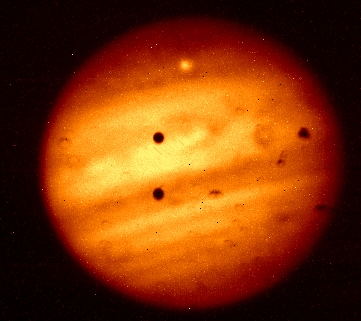
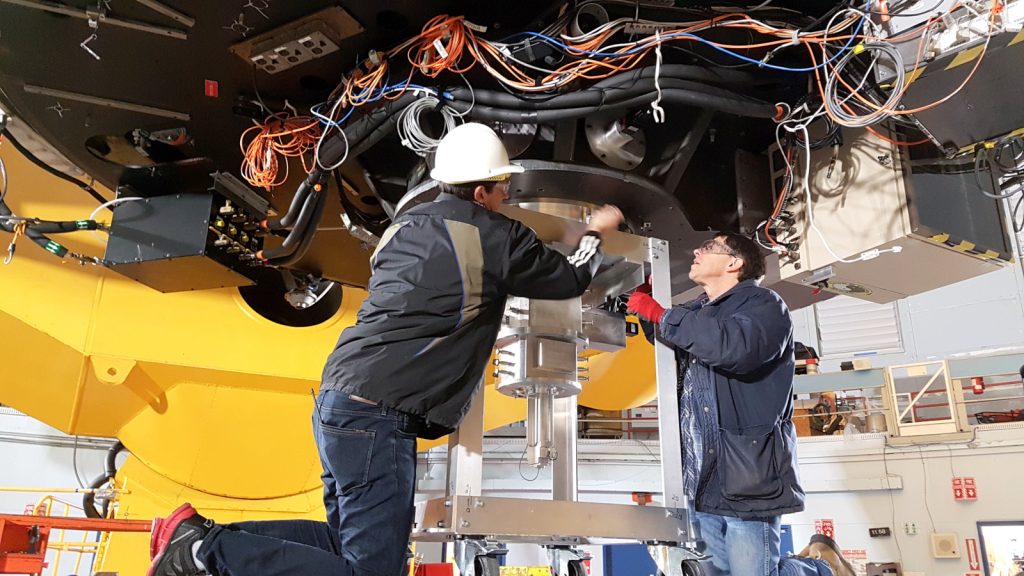
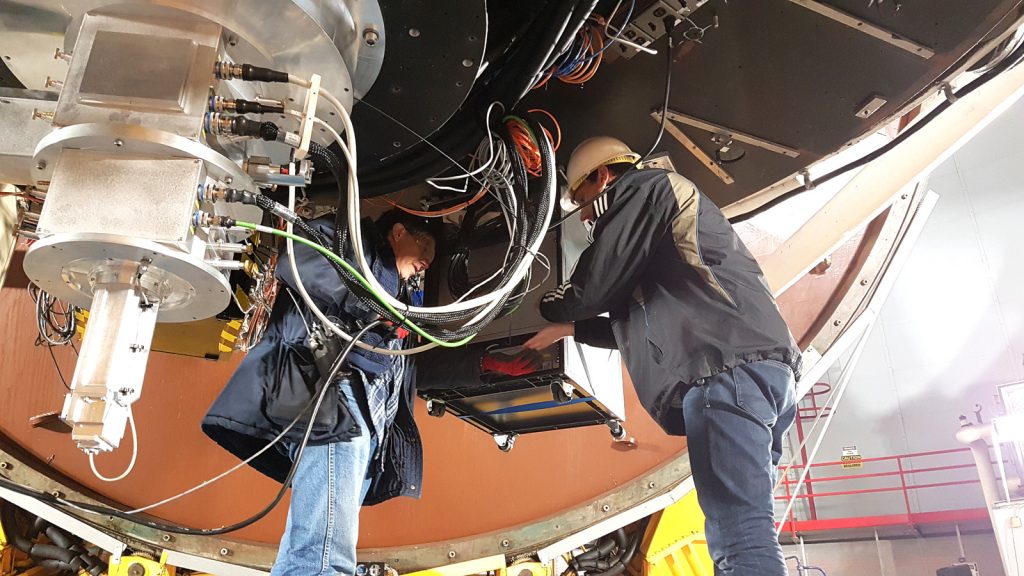
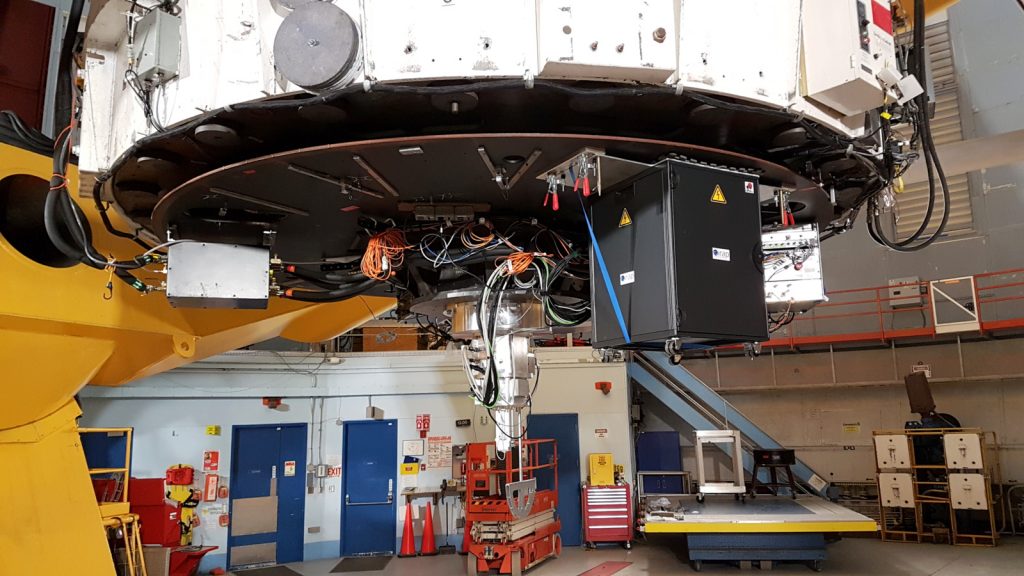
Gl410, a red dwarf of 6th magnitude (at 1.7µm) with a surface temperature of 3200 °C, is one of the targets chosen for these guiding tests. Although the image of the star is distorted as a result of atmospheric turbulence, the 50 Hz tip-tilt system was shown to accurately maintain it on the entrance aperture at a precision of better than 0.01” rms on 1 min intervals (© C. Moutou – CNRS/CFHT)


